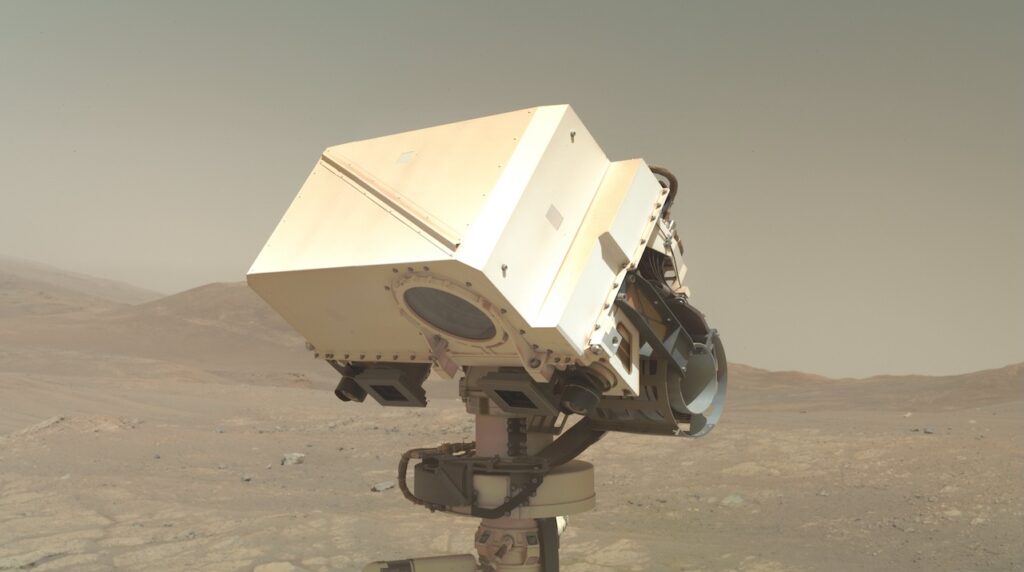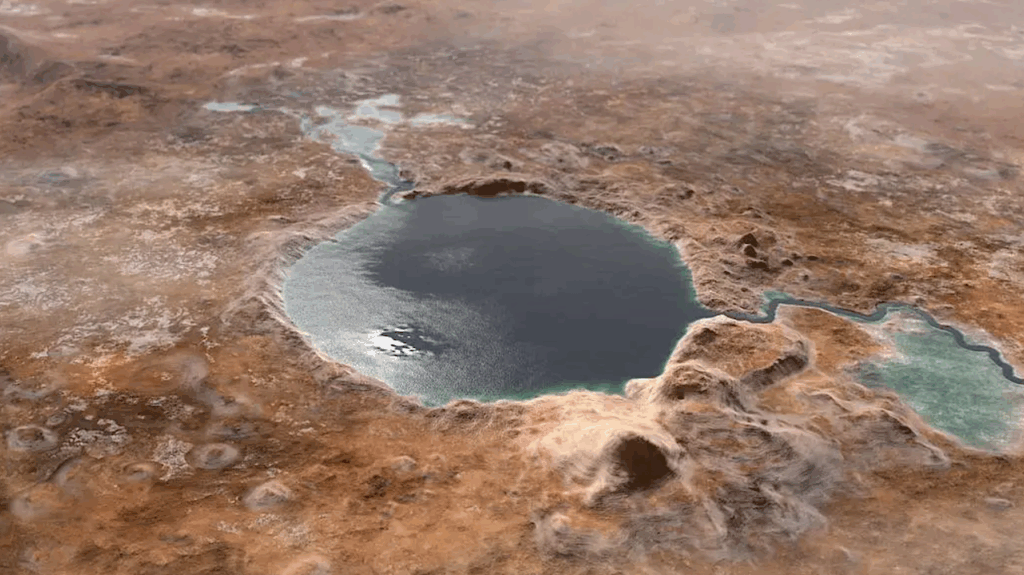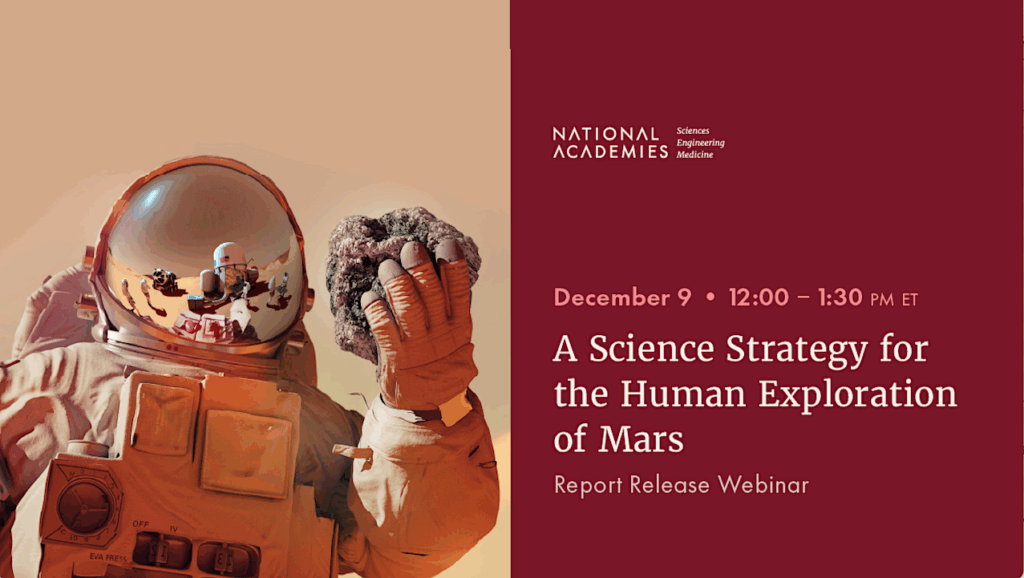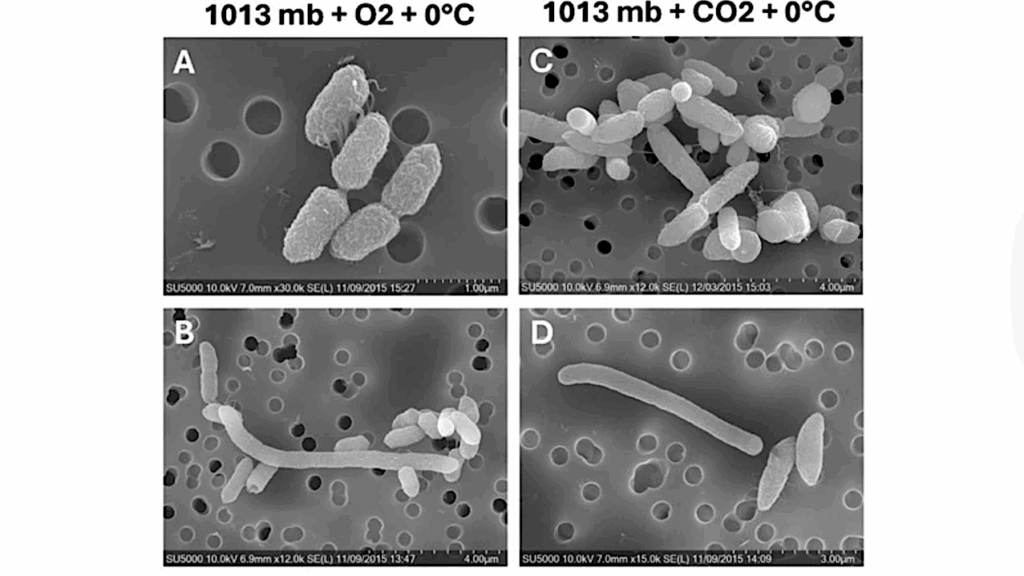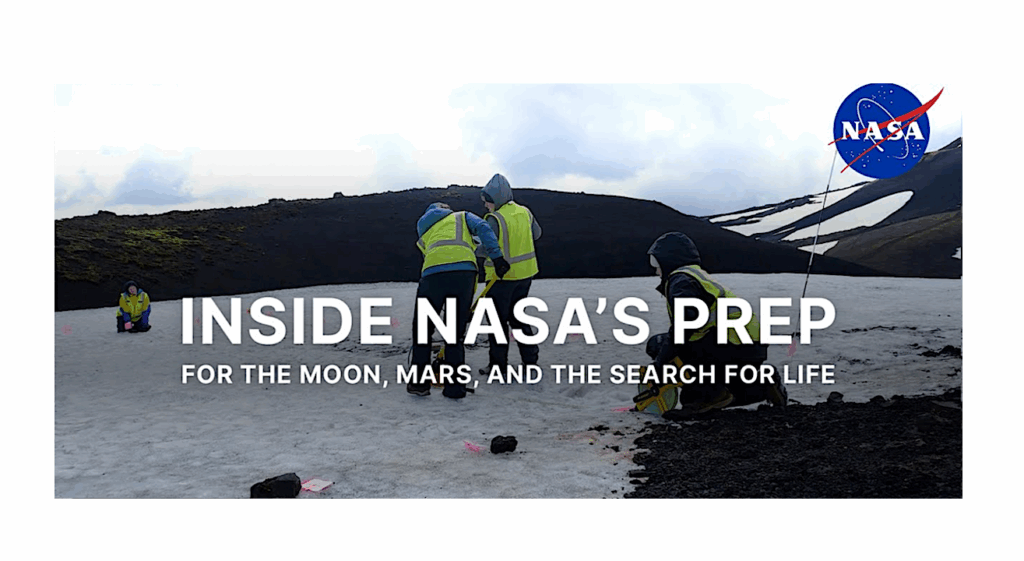Planetary Protection: Preventing Microbial Hitchhiking

While astronauts might dream of discovering unknown life one day in their future career, ESA’s Planetary Protection Officer oversees activities that achieve it on a regular basis.
As part of the Agency’s efforts to prevent microbial lifeforms hitching a ride on missions to other planets and moons in our Solar System, teams regularly scour cleanrooms and launch facilities, on the hunt for any microbial inhabitants.
The sites used to prepare certain types of space hardware are among the cleanest places on Earth, cleaner than a standard hospital operating theatre thanks to filtered air, application of rigorous cleanliness procedures and workers who – as they enter through air-showers into the bioburden-controlled cleanrooms – remain fully shrouded within ‘bunny suits’.
“We have a long-term programme at ESA – and also NASA – to regularly monitor and evaluate biological contamination in cleanrooms and on certain type of spacecraft,” explains Gerhard Kminek, ESA’s Planetary Protection Officer.
“That includes launch facilities at Kourou in French Guiana and Baikonur in Kazakhstan, and cleanrooms at ESA’s ESTEC technical centre in the Netherlands and of our industrial partners. “The work is done under ESA contract by the Astrobiology Research Group of the DLR German Aerospace Center, with participation from the Institute for Microbiology at the University of Regensburg, and the German Collection of Microorganisms and Cell Cultures (DSMZ).
“The aim is to quantify the amount of biological contamination, to determine its diversity – finding out what is there using gene sequence analysis, and to provide long-term cold storage of selected samples.”
Samples are acquired in various ways: air samplers collect a certain amount of air on a filter, while wipes dampened with ultra-pure water are run across space hardware or cleanroom surfaces. Swabs are used to sample smaller items such as payloads or electronics.
To quantify the biological contamination, the samples are then filtered onto culture plates and incubated for between seven hours and three days depending on the specific method used, to see how much turns up. Statistical analysis is used to assess the overall cleanroom or flight hardware ‘bioburden’, and check whether it falls within the required standard or if further measures are needed to reduce it.
Any lifeform hardy enough to endure the hostile, largely nutrient-free cleanroom environment is potentially interesting to science in its own right, so further investigation is actively encouraged. “We end up with hundreds of ‘isolates’ but we simply cannot scientifically investigate them to a comprehensive enough level,” adds Gerhard. “So we do the critical ones and leave the rest to the scientific community. We have a website and every scientist who is interested can look at it and order some of these isolates to investigate them in more detail.”
Last November this effort made the headlines after a paper was published in the International Journal of Systematic and Evolutionary Microbiology.
It concerned a new type of bacteria first found in NASA’s Kennedy Space Center Payload Hazardous Servicing Facility as the Mars Phoenix Lander was prepared for launch in 2007 and later at the Kourou Space Centre Final Assembly Building during the Herschel and Planck observatories launch campaign in 2009.
Dubbed Tersicoccus phoenicis, the bacterium turned out to be very different from existing species, not just a new species but actually a new genus – the next taxonomic category up – and so far isolated solely in cleanrooms.
On the Agency side, the main operational interest is knowing how much bioburden there is, rather than identifying its component microbes.


